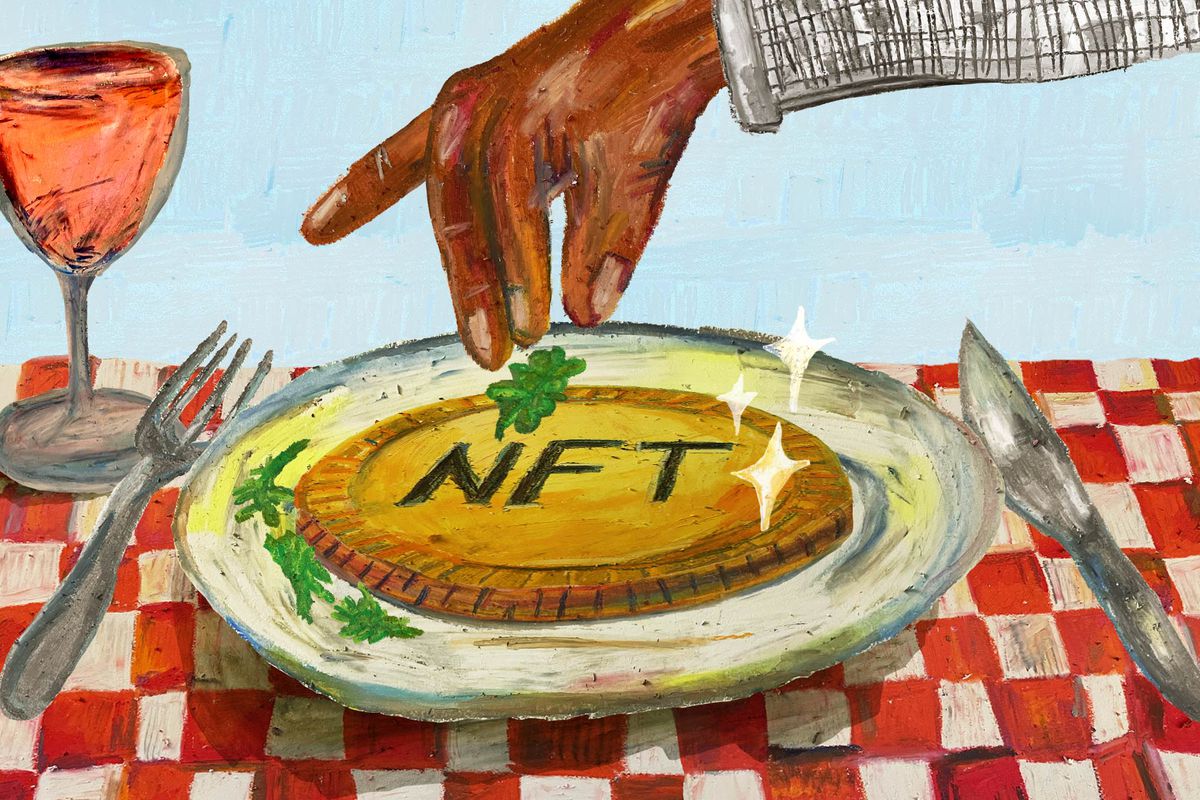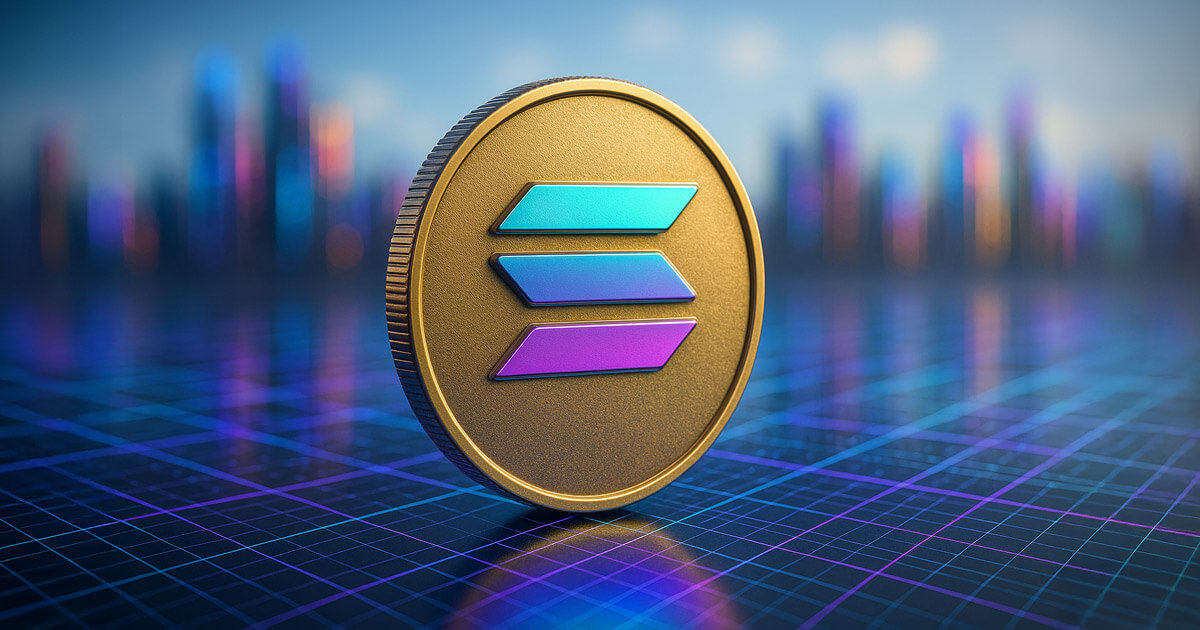The food and beverage NFT market is forecasted for massive growth, with an expected $2.1 billion valuation by 2032 according to a report. This trajectory is driven by blockchain adoption and the rising demand for transparency and traceability in the food industry. Companies are also leveraging unique ownership opportunities, virtual worlds, and marketing campaigns using NFTs.
NFTs are unique digital assets verified on blockchains, which record transactions transparently. Values fluctuate based on rarity and demand. Some have sold for millions.
The growing need for supply chain transparency and traceability in food is fueling NFT demand. Consumers, retailers, and regulators want improved tracking of origin, quality, and safety. This practical application is propelling the food and beverage NFT market beyond speculative trading.
The report highlights real-world use cases as a key factor in the projected rapid expansion of food and beverage NFTs in the coming years. Their ability to address demands for accountability is driving adoption.
The alcohol sector is seeing rising NFT activity. One novel concept is digitizing physical bottles to ensure authenticity and provide NFT ownership benefits.
Papa John’s pizza chain also made a splash, releasing “Hot Bags” NFTs – a collection of digital handbag designs promoting their new Papa John’s X Cheddar merchandise.
These examples demonstrate the expanding NFT presence in food and beverage. Alcohol brands are leveraging digitization to guarantee legitimacy and unlock the advantages of NFT ownership. And Papa John’s leveraged NFTs in an innovative marketing campaign for its new product line.
The applications highlight real-world NFT use cases that are driving adoption in the industry. From authenticating alcohol bottles to promoting merchandise, companies are harnessing NFTs to address tangible needs and goals. This utility explains the projected massive growth.
The report highlights limitations affecting NFT growth in food and beverage like minimal adoption, high costs, regulatory uncertainty, and need for standardization. Creating and managing NFTs requires specialized expertise and resources, potentially hindering smaller companies.
However, these challenges are driving innovation. The food segment is seen leading NFT market growth, given the potential for supply chain transparency and traceability. Another key use is marketing and branding.
In 2022, dining dominated as NFTs provided proof of ownership for exclusive experiences, attracting collectors. Virtual dining NFTs granting access to the metaverse and live stream events also gained traction.
North America is poised to lead in revenue share due to growing blockchain use and demand for traceable food products. NFTs present new monetization and marketing opportunities as interest in crypto rises.
As we enter the digital future, NFT adoption represents the transformative potential for food and beverage. Despite hurdles, NFTs can revolutionize the industry through enhanced traceability, transparency, and engagement. Though still early, NFTs are a strategic play to optimize the industry amid digitization, with ample opportunities for growth.





